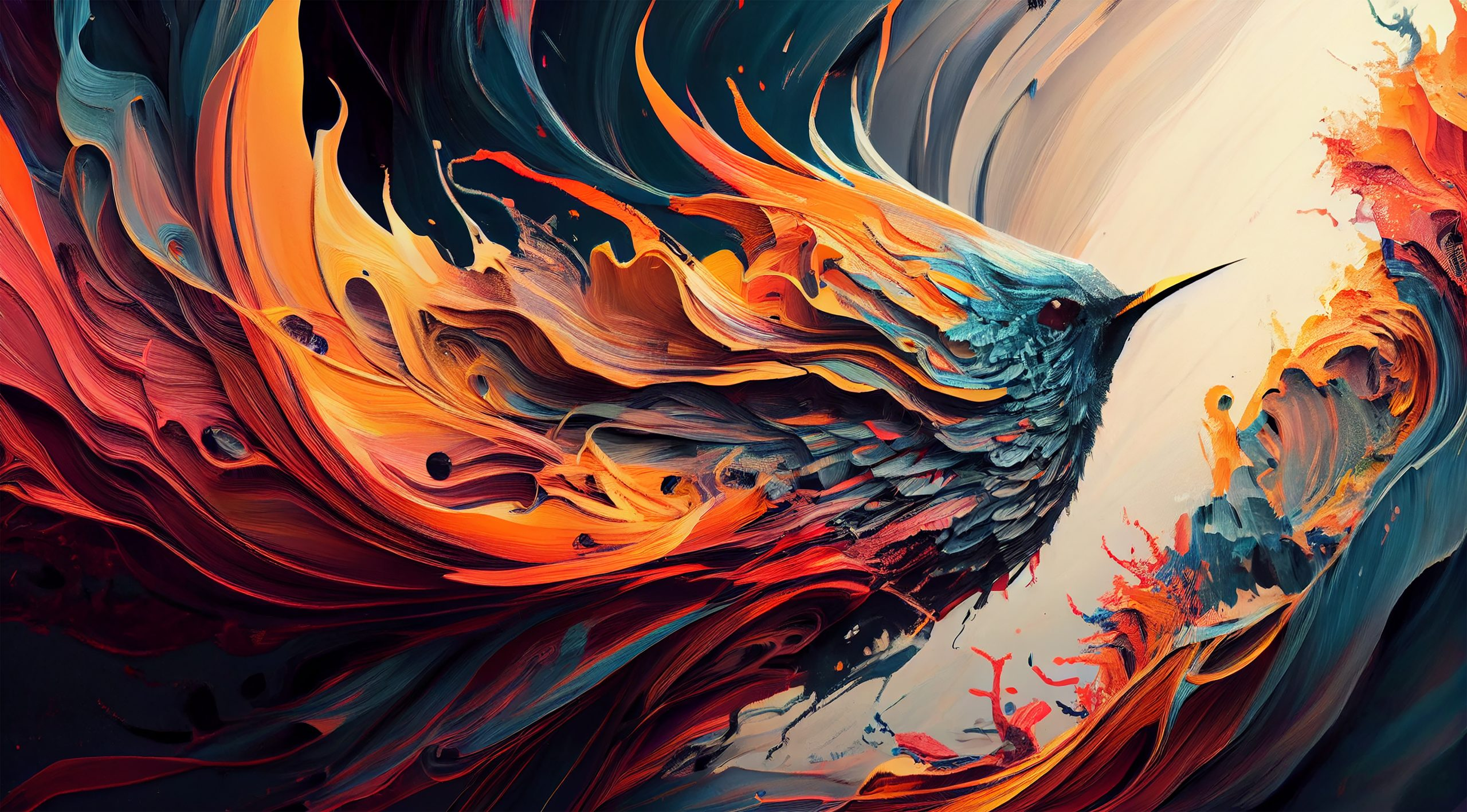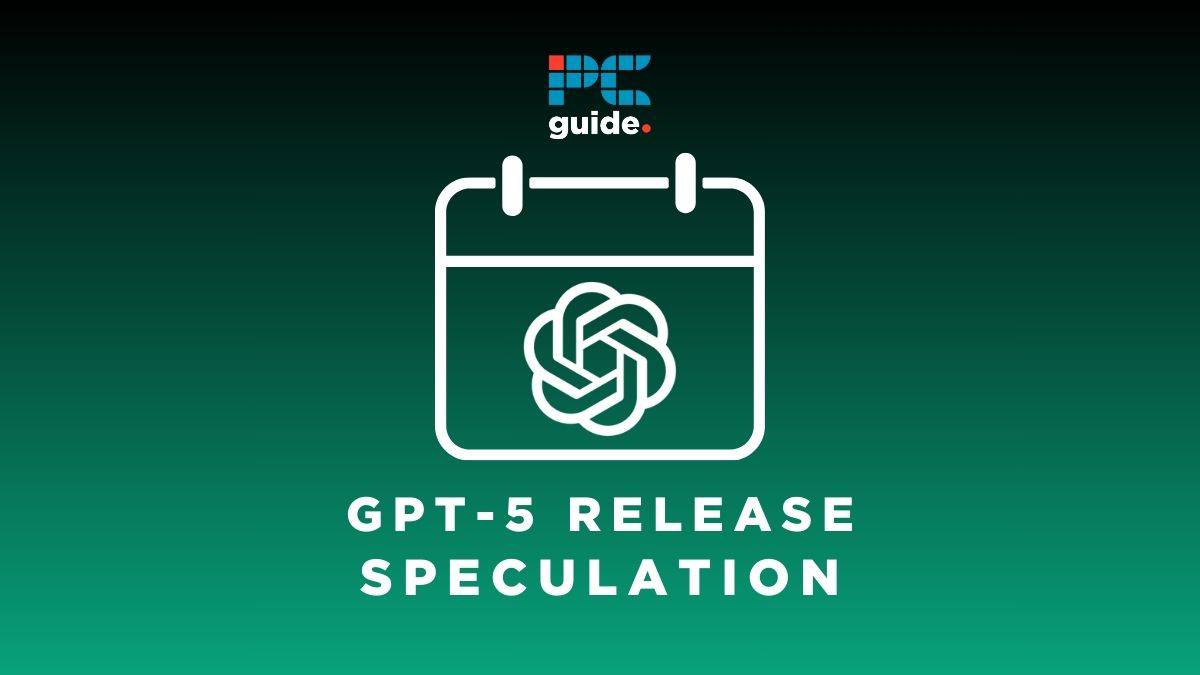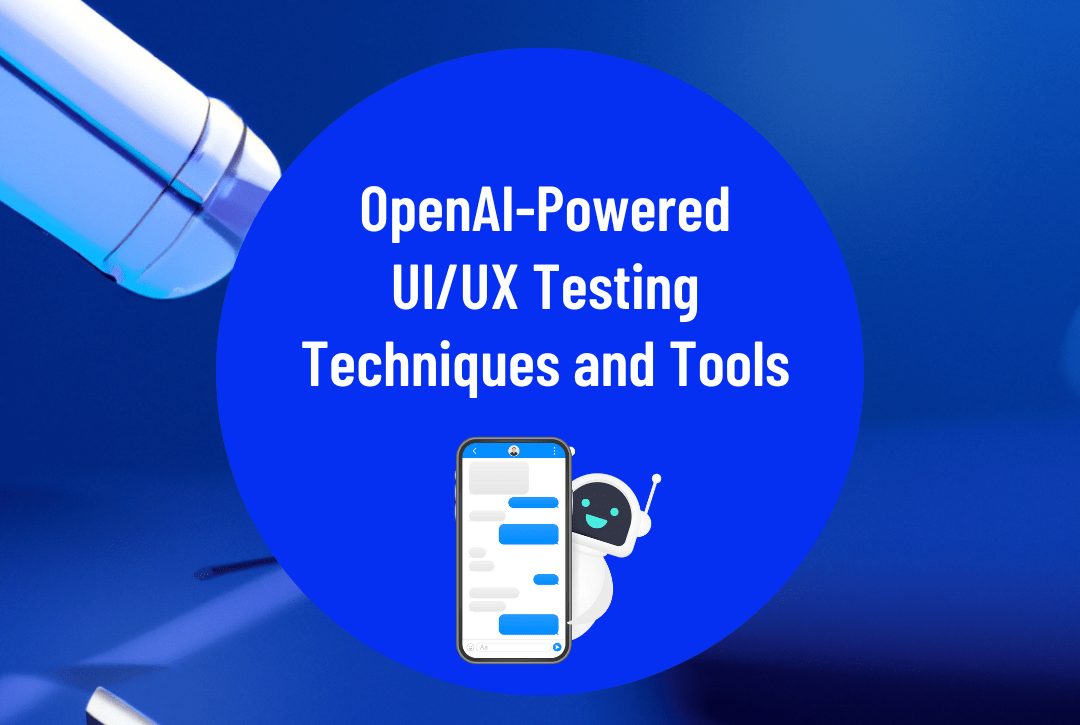AI-generated images have revolutionized the landscape of digital marketing, providing businesses with innovative ways to create visually striking content. Thanks to advancements in AI image generation, marketers can now effortlessly transform their concepts into eye-catching visuals for their campaigns. Generative AI tools enable the rapid production of customized AI art, aligning with specific branding and audience requirements. These tools are not just about efficiency; they also enhance the creative process, allowing for an endless array of marketing campaign images that capture audience attention. In this article, we will explore the impact of AI-generated images on digital marketing and how businesses can harness these powerful technologies to improve engagement and drive results.
The rise of automated art creation tools has led to a burgeoning interest in generative imagery, synonymous with AI-generated visuals. By employing advanced algorithms, digital creators can now produce stunning artwork tailored to specific marketing needs. Terms such as automated image generation and AI-driven illustration underscore the capabilities of these innovative resources. As businesses increasingly turn to these solutions for crafting compelling visual content, understanding their application has become paramount for strategic branding efforts. This discussion will delve into how such creative technologies foster richer connections between brands and their audiences, shaping the future of visual communication.
Understanding the Importance of Visuals in Digital Marketing
Visual content plays a pivotal role in digital marketing by serving as the first point of interaction between brands and consumers. Engaging visuals can captivate an audience’s attention and influence their decision-making process. Brands that effectively utilize images in their marketing campaigns often see a notable increase in engagement rates, which is essential for improving overall business performance. High-quality visuals can elevate a brand’s image, making it more memorable and relatable to potential customers.
Moreover, in a world inundated with information, unique and compelling visuals help convey complex messages quickly and more effectively than text alone. The integration of striking imagery can assist in storytelling, allowing brands to communicate their values and missions clearly. In this context, AI-generated images provide businesses with the ability to create customized visuals that align with specific marketing campaigns, ensuring the imagery resonates with the intended audience.
Leveraging AI-Generated Images for Digital Marketing Success
AI image generation has revolutionized the way marketers approach visual content creation. By utilizing generative AI tools, businesses can produce high-quality images tailored to their specific campaigns with remarkable speed and efficiency. This capability is particularly advantageous for digital marketing, where the demand for diverse visual content is high, and timely delivery can significantly boost a campaign’s impact. With the help of AI, marketers can easily turn their creative ideas into stunning visuals that capture the essence of their brand.
Furthermore, AI-generated images can be customized to fit various marketing platforms, ensuring that the visuals maintain effectiveness across different channels. For instance, a brand can generate tailored images for social media posts, email newsletters, or website banners, thereby maintaining a consistent visual identity while catering to the unique specifications of each platform. This level of flexibility not only streamlines the content creation process but also enhances the overall effectiveness of digital marketing campaigns.
Crafting Effective Prompts for AI Image Generation
The success of AI-generated images largely depends on the quality of the prompts provided to the generative AI tools. Writing effective prompts involves clarity, specificity, and an understanding of the underlying marketing objectives. A well-structured prompt includes key elements such as the subject, description, style, and layout, enabling the AI to produce images that align closely with the campaign’s vision. By incorporating relevant keywords like ‘digital marketing visuals’ and ‘customized AI art,’ marketers can guide the AI to generate appropriate content.
Incorporating LSI and related terms within prompts can significantly enhance the relevance of the generated images. For example, specifying the desired style and mood can help in achieving a visual output that resonates with the target audience. By leveraging the potential of AI tools through well-crafted prompts, marketers can ensure that the generated images not only meet aesthetic standards but also serve as effective communication tools that drive engagement and conversions.
Tailoring AI-Generated Images to Your Target Audience
Understanding your target audience is critical when creating marketing visuals. AI-generated images can be optimized to appeal specifically to the demographics of your ideal customer base. This means that businesses must conduct in-depth research into their audience’s preferences, values, and cultural backgrounds to ensure that the images resonate deeply with viewers. For instance, using generational themes and recognizable icons in AI-generated visuals can strengthen the emotional connection with your audience.
Moreover, customization through AI tools allows for rapid iteration based on audience feedback. If a particular style or theme doesn’t resonate, businesses can swiftly modify their visuals to better align with audience expectations and preferences. The ability to create tailored imagery quickly not only fosters greater connection with the audience but enables brands to stay relevant and responsive in a fast-paced digital landscape.
Optimizing Images for Different Marketing Channels
Each marketing platform has its unique specifications and audience preferences, making it essential to tailor AI-generated images accordingly. For example, visuals meant for Instagram should adhere to the platform’s emphasis on bold, eye-catching aesthetics while maintaining a sense of community. In contrast, images for professional channels like LinkedIn may require a more polished, formal appearance that emphasizes professionalism. Understanding these nuances allows businesses to create optimized visuals that effectively engage their audience.
Using AI tools for image optimization not only saves time but also enhances the quality of visuals distributed across various channels. By adjusting dimensions and styles according to platform requirements, marketers can ensure that their images maintain consistency and quality, which is vital for brand recognition. The ability to produce various iterations of the same image, customized for each marketing medium, underscores the strategic advantages afforded by AI-generated imagery in a well-rounded digital marketing campaign.
The Role of Image Quality in Digital Marketing Campaigns
The quality of images used in digital marketing campaigns directly impacts audience perception and engagement. High-resolution, professional visuals enhance the credibility of a brand and encourage consumer trust. AI-generated images can be produced in high quality, ensuring they meet the standards expected by contemporary consumers. Marketers should prioritize image clarity, color accuracy, and resolution to create visuals that are not only appealing but also effective in conveying their brand message.
Furthermore, the sharpness and aesthetic quality of images can significantly influence conversion rates. Consumers are more likely to engage with and purchase from brands that present themselves well visually. As such, leveraging advanced AI tools to produce stunning, high-quality promotional imagery becomes crucial in a competitive digital marketplace. By ensuring that each generated image is suited for its intended purpose, marketers can optimize their campaigns for maximum effectiveness.
Exploring the Best AI Tools for Generating Marketing Images
There are numerous AI tools available for marketers aiming to create stunning visuals for their campaigns. Tools like Jasper Art and DALL.E2 offer robust features for generating high-quality images tailored to specific marketing needs. For those looking for customization, Jasper Art stands out with its capabilities for adding personal touches to images, thus providing an extra layer of relevance to brand narratives.
Other options such as Photosonic AI and NightCafe Studio offer unique styles and variations, allowing marketers to explore diverse aesthetic possibilities. By leveraging the strengths of these generative AI tools, businesses can find the perfect match for their visual storytelling requirements, ensuring they remain competitive in the ever-evolving digital marketing landscape.
Cost-Effectiveness and Efficiency of AI-Generated Content
One of the leading advantages of utilizing AI-generated images is the cost savings associated with their production. Unlike hiring graphic designers, many AI tools offer low-cost or even free options for creating high-quality visuals. This affordability makes it feasible for small businesses and startups to compete in the digital marketplace without straining their budgets.
Additionally, the efficiency of AI image generation allows marketers to quickly produce diverse visuals for various campaigns. This rapid turnaround time can significantly enhance campaign adaptability, enabling marketers to respond promptly to market trends or consumer feedback, thereby maximizing engagement and conversion rates. The combination of cost-effectiveness and efficiency makes AI-generated content a compelling choice for modern digital marketing strategies.
Understanding the Limitations of AI-Generated Images
While AI-generated images provide numerous benefits, there are inherent limitations to consider. Often, the generated visuals may lack the artistic finesse or unique touch that a skilled graphic designer can offer. Furthermore, AI tools may generate outputs that don’t fully capture the nuanced context or tone of the intended message, requiring marketers to refine or edit the images further.
Additionally, the dependence on existing data means AI tools may struggle with producing completely original concepts that are outside the scope of their training. For brands seeking truly innovative visuals, this limitation could impede creative expression. Therefore, combining AI-generated images with human creativity and oversight may yield the most effective outcomes in crafting compelling digital marketing materials.
Frequently Asked Questions
What are AI-generated images and how can they enhance digital marketing visuals?
AI-generated images are visuals created using generative AI tools that convert text prompts into images. These images can greatly enhance digital marketing visuals by providing unique, customized content that aligns with a brand’s marketing goals. Marketers can use these AI-generated images to create eye-catching advertisements, posters, and social media posts that resonate with their target audience, ensuring better engagement and brand promotion.
How can businesses utilize AI image generation for customized AI art in marketing campaigns?
Businesses can utilize AI image generation to create customized AI art that reflects their brand’s identity and resonates with their audience. By inputting specific prompts that define the desired subject, style, and mood, marketers can produce tailored visuals that support their campaign objectives. For instance, a prompt for a vibrant marketing campaign could include elements that appeal to a younger demographic, resulting in engaging images designed to attract attention on social media.
What are the advantages of using generative AI tools to create marketing campaign images?
The advantages of using generative AI tools for creating marketing campaign images include cost-effectiveness, quick turnaround times, and the ability to generate personalized content at scale. AI-generated images can quickly produce high-quality visuals that align with specific marketing strategies, saving time and resources compared to traditional graphic design methods. Furthermore, AI tools can easily adapt imagery for various platforms, allowing businesses to maximize their digital marketing impact.
How can marketers write effective prompts for AI image generation?
Marketers can write effective prompts for AI image generation by clearly defining the subject, providing descriptive details, and specifying the desired style and layout. A well-structured prompt will typically include three key components: the main subject (e.g., a product or character), a detailed description of the scenario, and instructions on the artistic style (e.g., realism or surrealism). This clarity helps the AI tool generate images that meet the specific needs of the marketing campaign.
What should I consider when optimizing AI-generated images for different marketing channels?
When optimizing AI-generated images for different marketing channels, marketers should consider the image format and style preferences of each platform. For example, Instagram visuals may favor vibrant, engaging styles, while LinkedIn may require more professional and polished aesthetics. Additionally, ensuring the images meet the specific resolution and aspect ratio requirements of each channel enhances their effectiveness and reach.
Are there any copyright issues related to using AI-generated images for marketing?
Currently, AI-generated images do not qualify for copyright protections under U.S. law, which means that businesses can use these visuals freely without worrying about copyright infringement. However, they should ensure that the content generated aligns with their branding and marketing strategies to avoid issues related to authenticity and brand representation.
How do AI-generated images fit into digital marketing strategies?
AI-generated images fit seamlessly into digital marketing strategies by providing businesses with a cost-effective and efficient way to produce high-quality visuals for their campaigns. Marketers can leverage these images to enhance brand storytelling, create more engaging social media content, and support targeted advertising efforts, which ultimately leads to improved customer engagement and higher conversion rates.
Can AI tools create high-resolution images suitable for professional marketing use?
Yes, many AI tools specialize in generating high-resolution images that are suitable for professional marketing use. Tools like DALL.E2 and Jasper Art can produce images with customizable qualities and features, ensuring that the output meets the necessary standards for digital marketing applications. Businesses can incorporate these high-resolution images into various marketing materials, including websites, brochures, and online ads.
What types of businesses benefit most from using AI-generated images in their marketing efforts?
Various types of businesses can benefit from using AI-generated images in their marketing efforts, especially e-commerce companies, digital agencies, and brands focusing on social media marketing. These businesses require a steady stream of high-quality visuals to engage their audience, promote products, and create memorable advertising campaigns. Startups and small businesses with limited budgets can particularly benefit from the cost-saving aspects of AI-generated images.
Is it possible to create NFT art using AI-generated images?
Yes, it is possible to create NFT art using AI-generated images. Generative AI tools can be used to produce unique artworks that can then be tokenized as NFTs for sale in digital marketplaces. This process allows artists and businesses to monetize their AI-generated creations while exploring innovative art forms and expanding their digital presence.
| Key Points | Details |
|---|---|
| Importance of Visuals | Visuals are essential in digital marketing, enhancing brand recognition and engaging audiences. |
| Role of Generative AI | AI tools quickly transform ideas into images, making the creation of marketing visuals easier and more accessible. |
| Aligning Images with Campaign Goals | Campaign visuals must reflect specific, measurable marketing objectives for them to be effective. |
| Understanding Target Audience | Creating images that resonate with the target audience requires knowledge about their preferences and values. |
| Image Optimization for Platforms | Images should be tailored to the specifications and styles of each marketing channel. |
| Writing Effective Prompts | A clear structure for prompts helps shape the AI-generated image accurately. |
| AI Tools Recommendations | Several AI tools such as Jasper Art and DALL.E2 assist in creating quality images for campaigns. |
| Advantages of AI Images | AI-generated images save time and costs, providing customizable content without copyright issues. |
| Limitations of AI Images | Quality may be lower compared to professional designs, and AI tools have specific limitations in creativity. |
Summary
AI-generated images are revolutionizing digital marketing strategies by providing cost-effective and rapid image creation tools for businesses. These images not only enhance brand visibility but also allow marketers to create tailored content that resonates with their target audience. By leveraging generative AI, marketers can quickly develop high-quality visuals that align with their marketing goals and optimize them for specific channels. Understanding how to craft effective prompts is crucial for generating the most relevant images. As AI technology continues to advance, it remains a vital asset in the evolving landscape of digital marketing.




